It’s 9:36 in the evening, and our current indoor temperature is 82°. We’ve done the best we could to keep the temperature from rising in our air-conditioner-less house, but though the temperature is falling outside (the real kicker is that it’s currently 77° outside), it’s not falling in our house.
During my evening walk, I developed a theory about this: I think it’s because the temperature in the attic is still undoubtedly very high. Warm air rises. And if it’s got a column of warm air above it, despite the insulation between the two, it’s just going to sit there. Yeah, I know — it doesn’t make sense, but neither does an 82° house at half-past nine in the evening.
Yet thinking about it, one realizes it’s truly a first-world problem. Most of the people living in the hottest regions of the world have never had air-conditioning in their homes, and their homes are materially vastly inferior to ours.
Puts things in perspective. But we’re still tired of being sweaty…
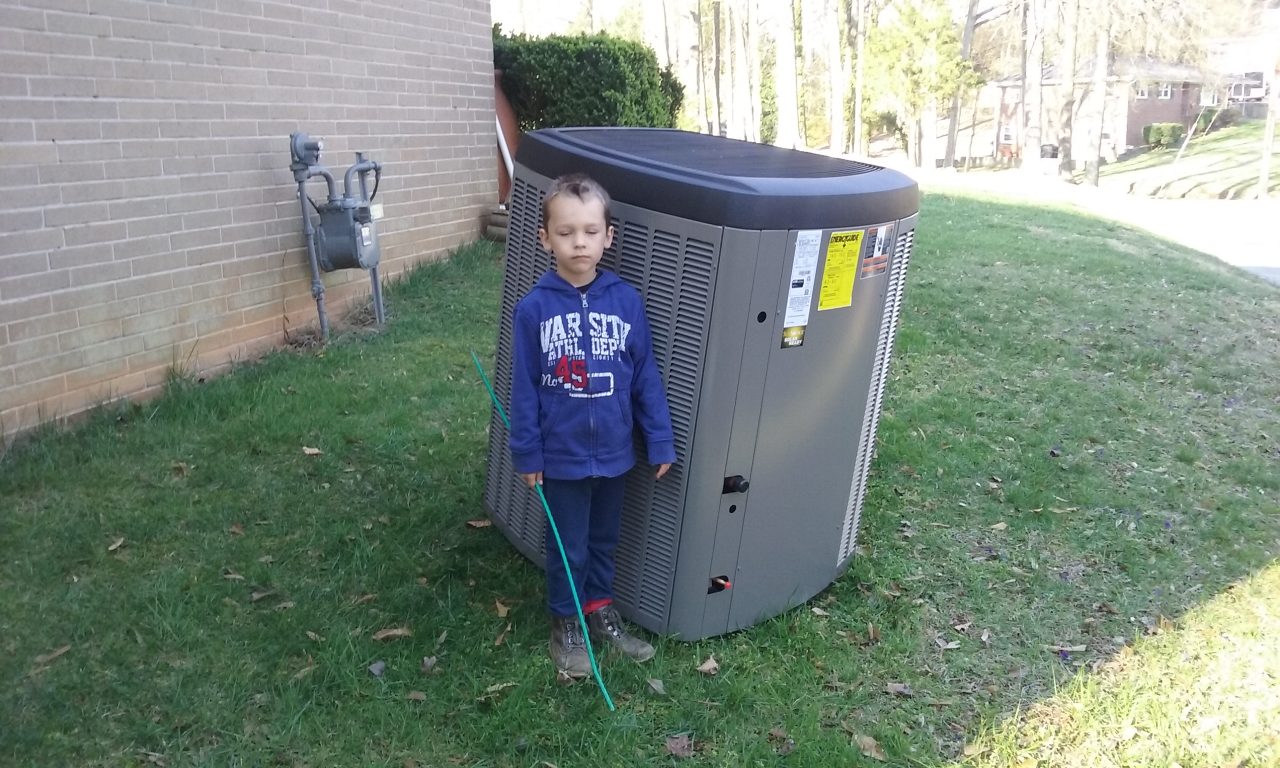
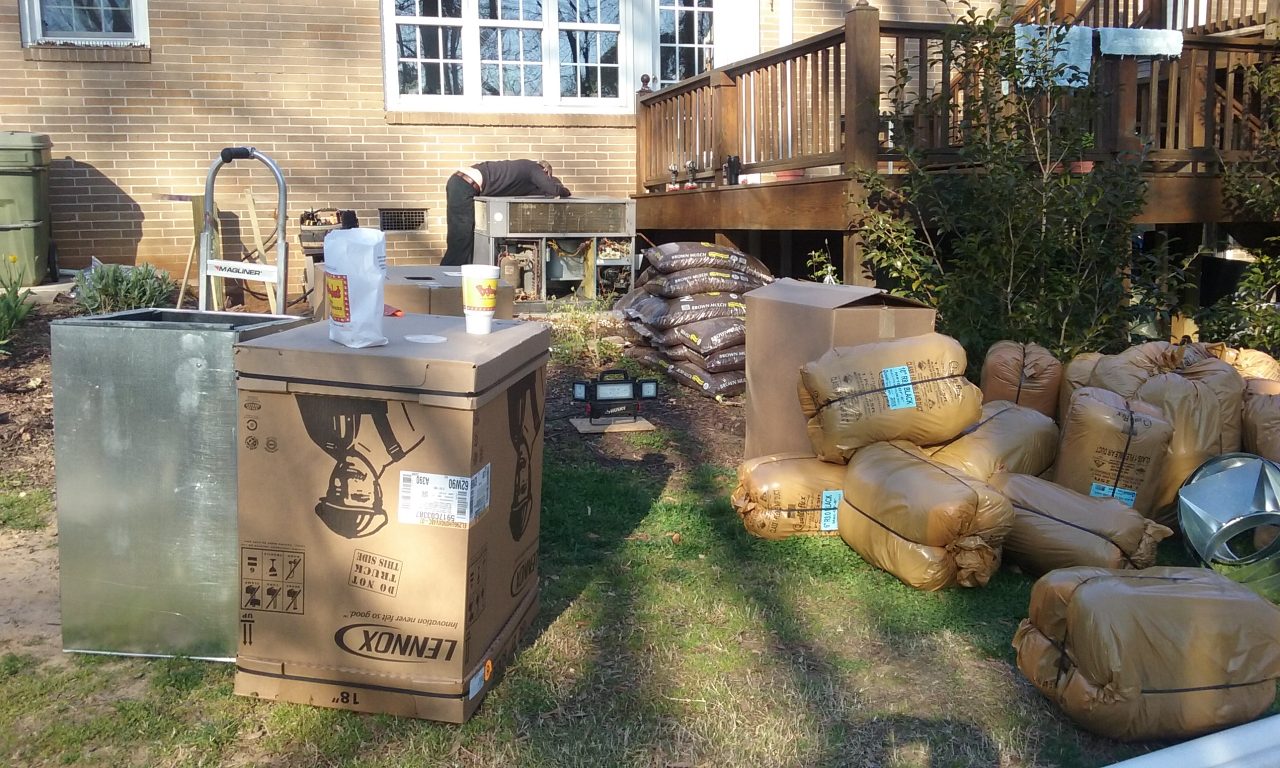
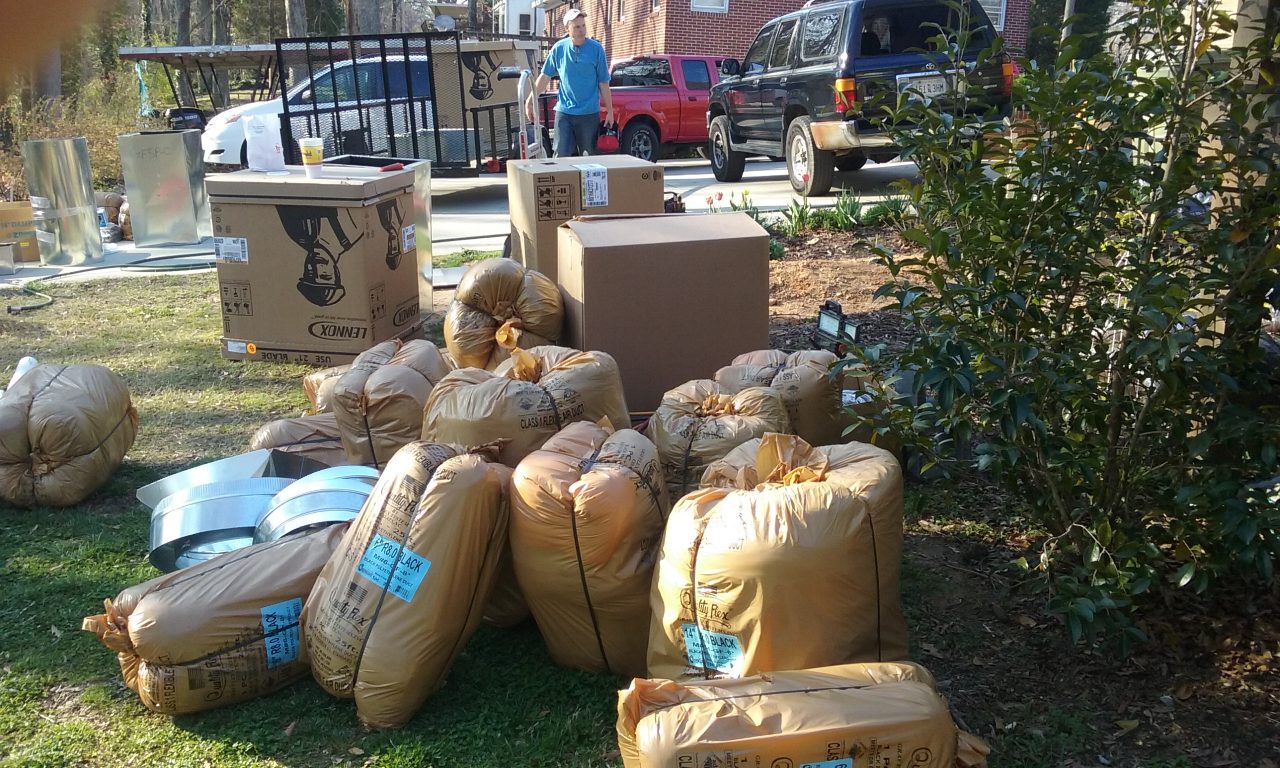


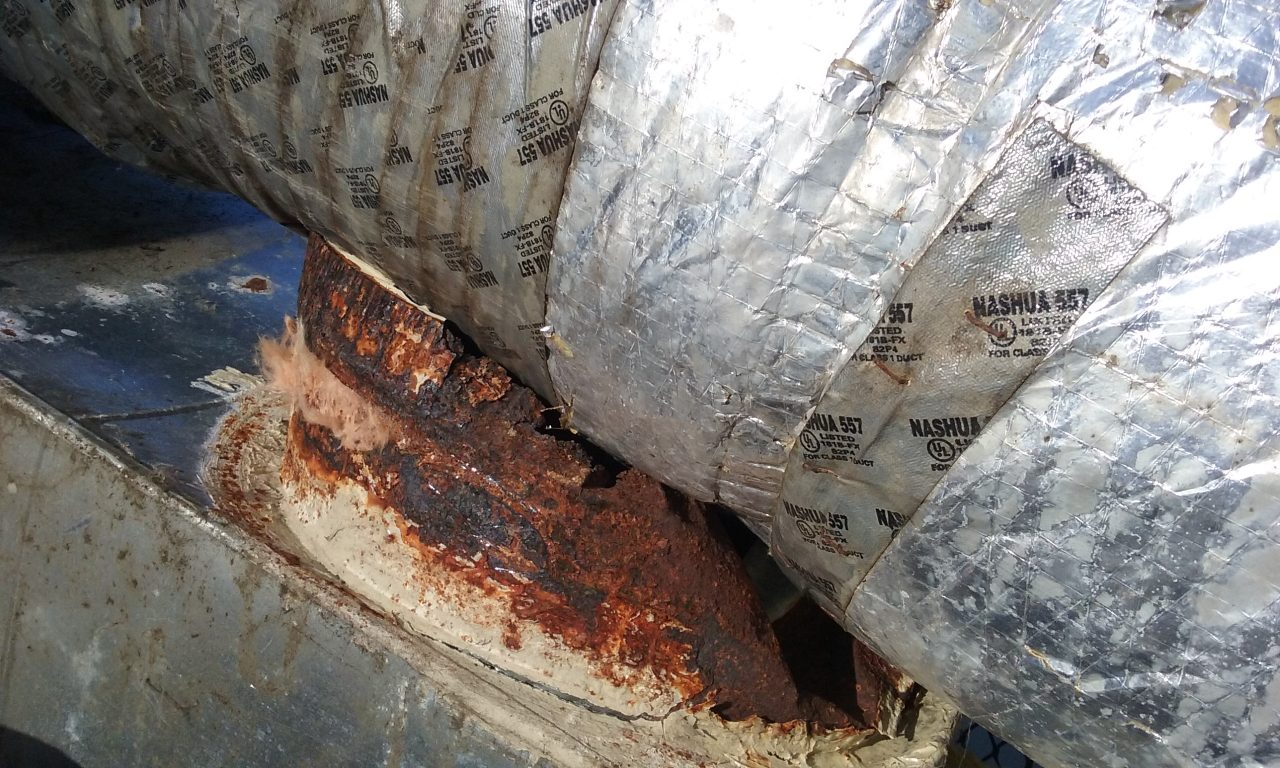
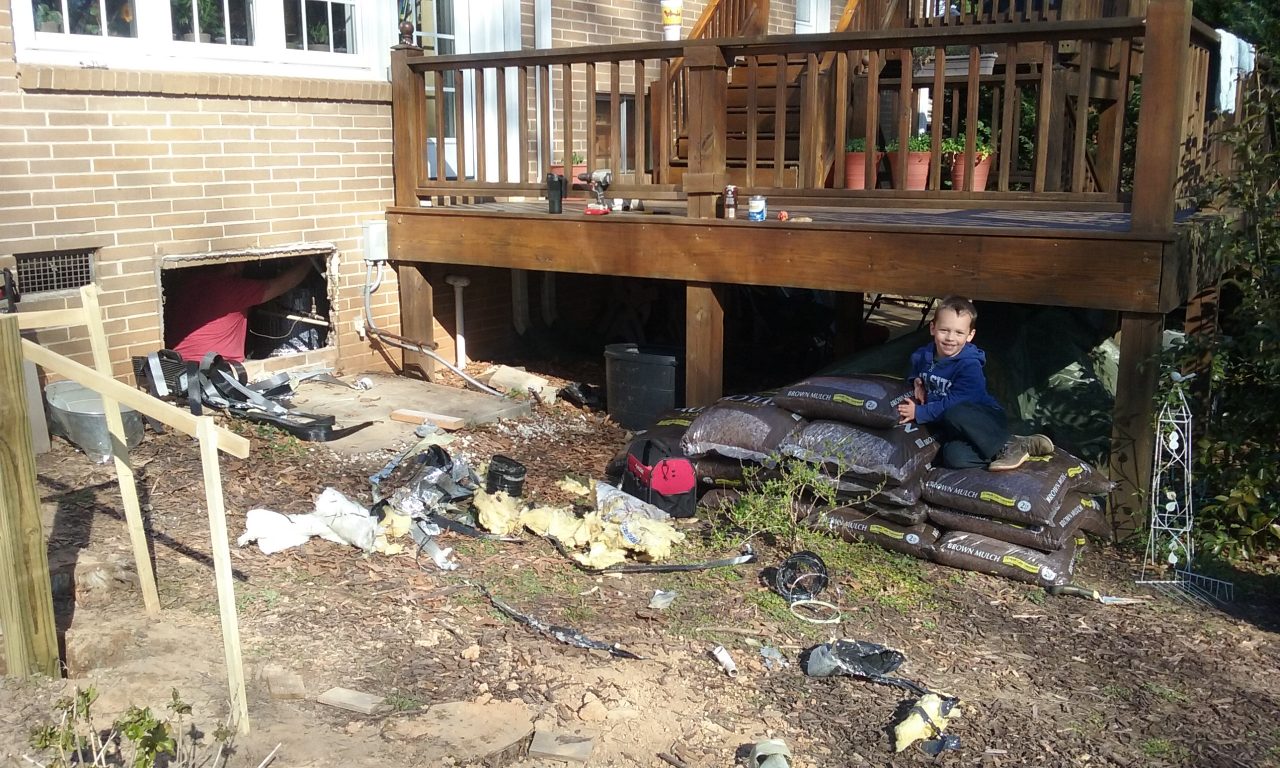
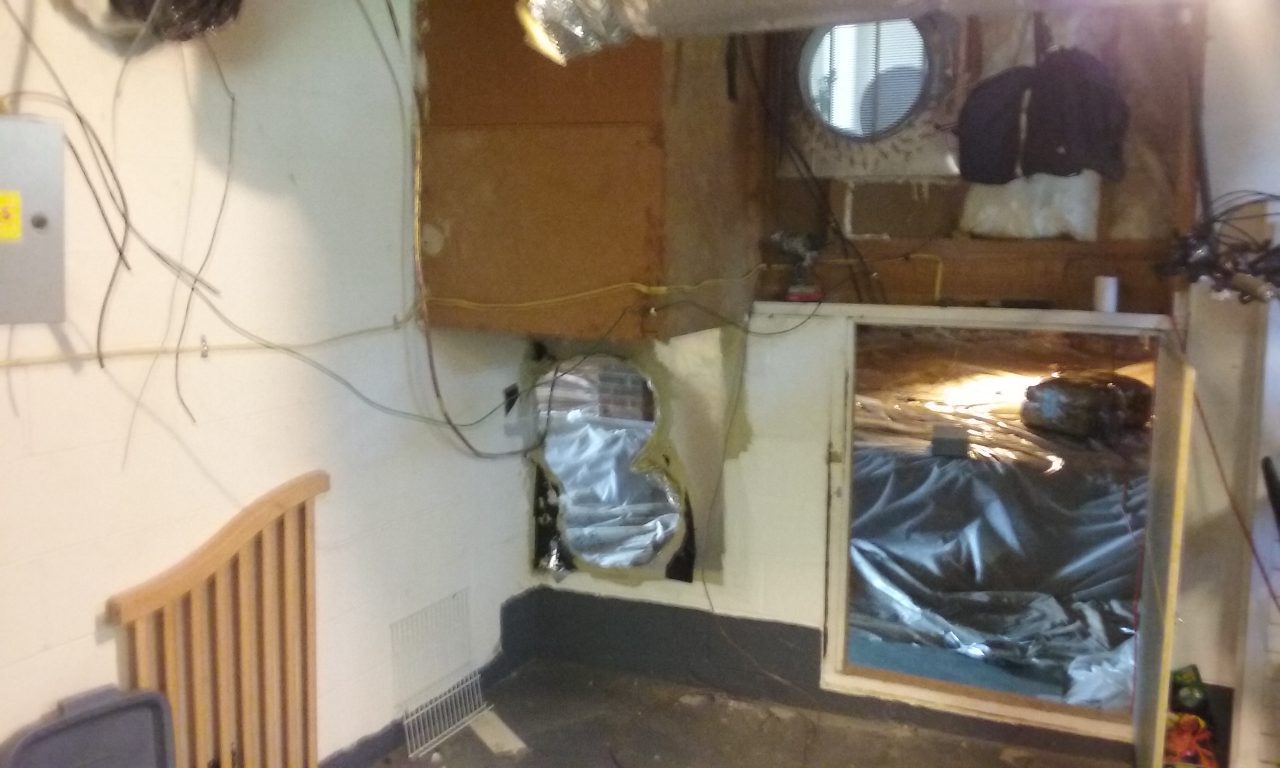
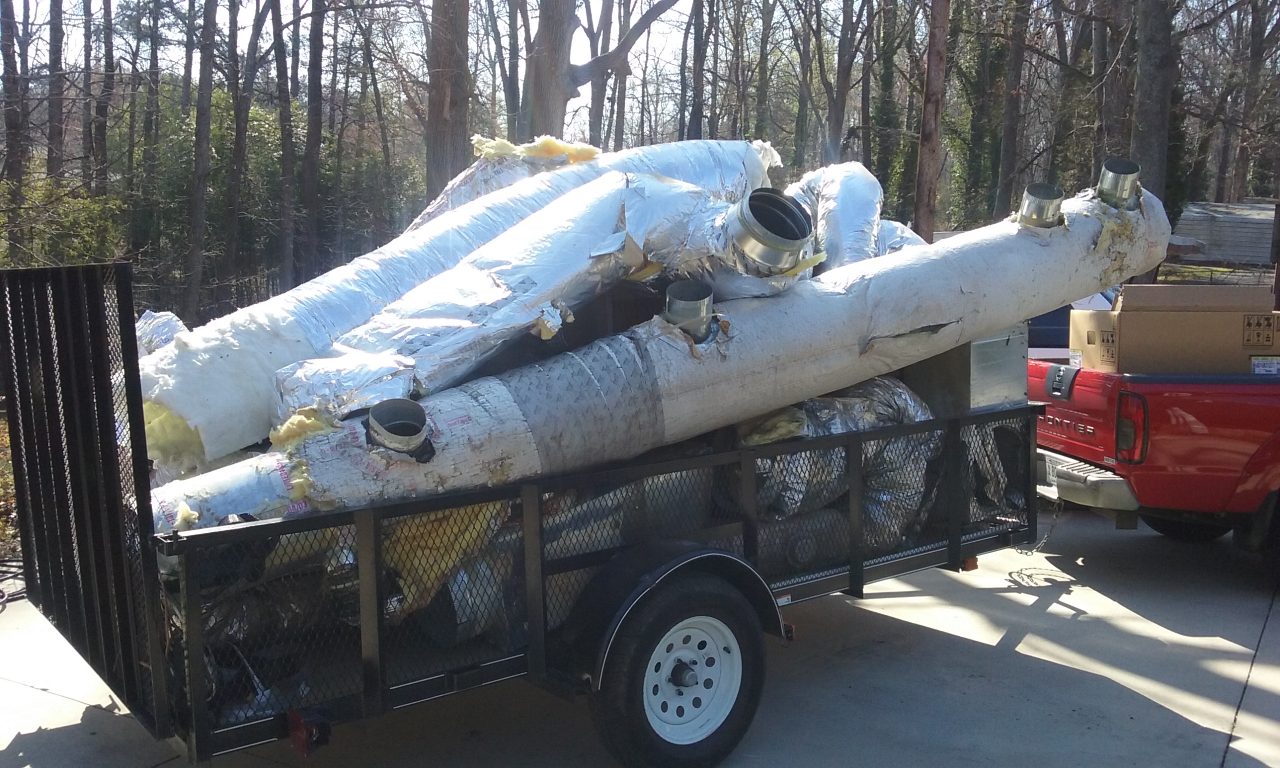
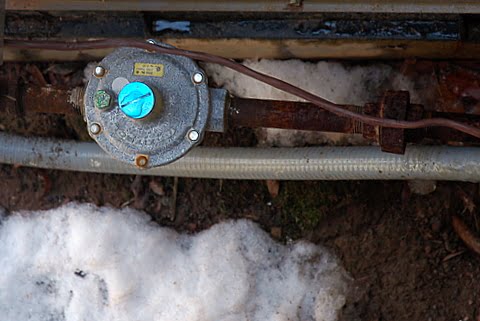
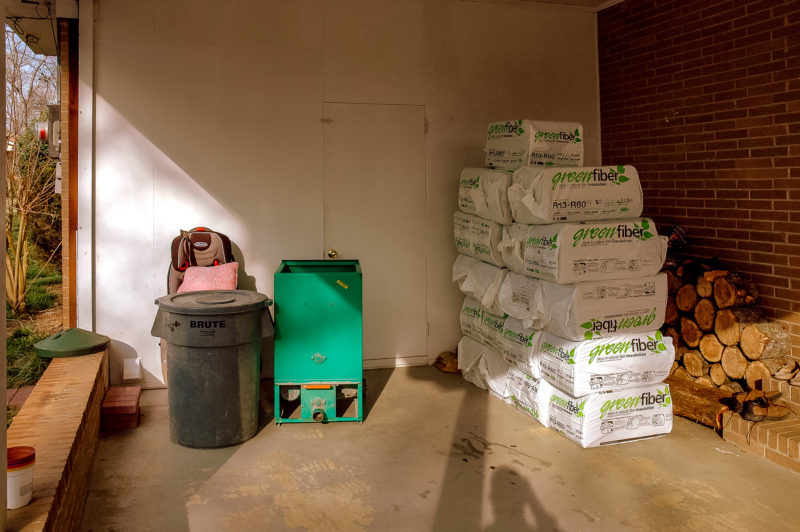
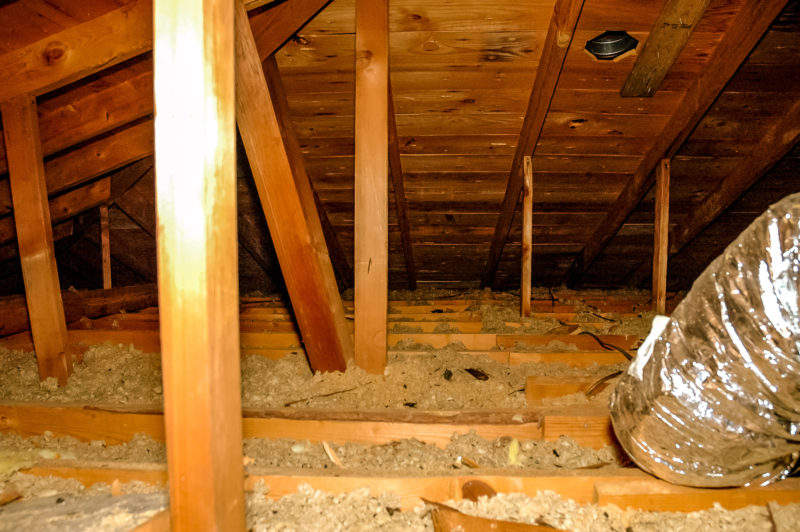
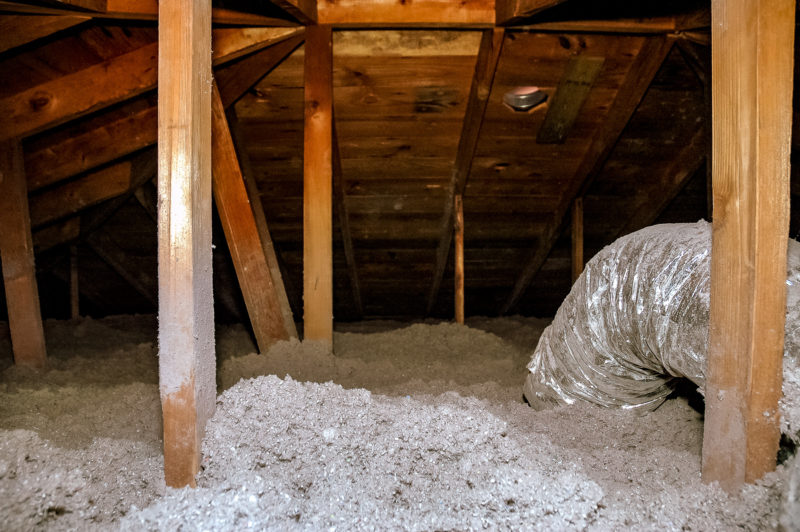
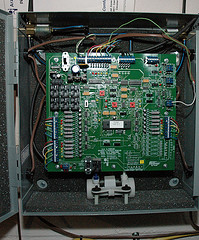
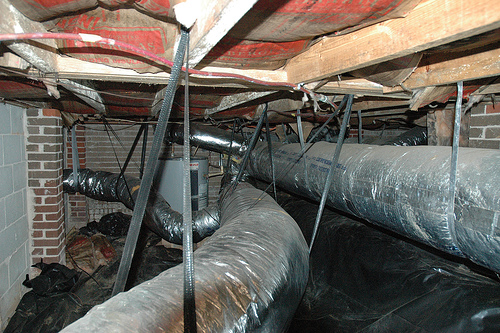
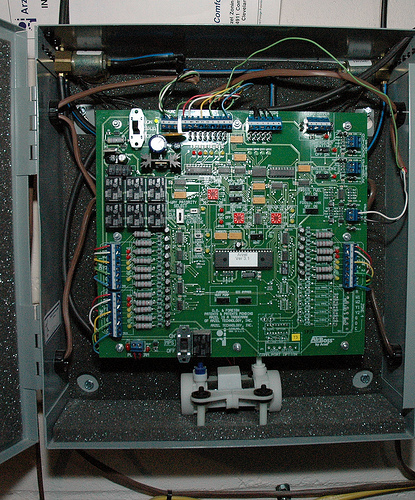
 That’s an exaggeration, though, because it does work. It just never works when we leave for a long period of time. It doesn’t matter what we do — turn off the heat completely or turn down the thermostats — the results are the same: it won’t turn on when we get home. Or rather, it won’t turn back on wants it thinks the temperature is correct. It’ll crank up, blow hot air for a while, and then shut off. For good. But not quite — it’s still running. I go outside and put my hand on the exhaust vent (which blows out a fair amount of warm air when it’s working) and it’s cold, though the exhaust fan is working.
That’s an exaggeration, though, because it does work. It just never works when we leave for a long period of time. It doesn’t matter what we do — turn off the heat completely or turn down the thermostats — the results are the same: it won’t turn on when we get home. Or rather, it won’t turn back on wants it thinks the temperature is correct. It’ll crank up, blow hot air for a while, and then shut off. For good. But not quite — it’s still running. I go outside and put my hand on the exhaust vent (which blows out a fair amount of warm air when it’s working) and it’s cold, though the exhaust fan is working.